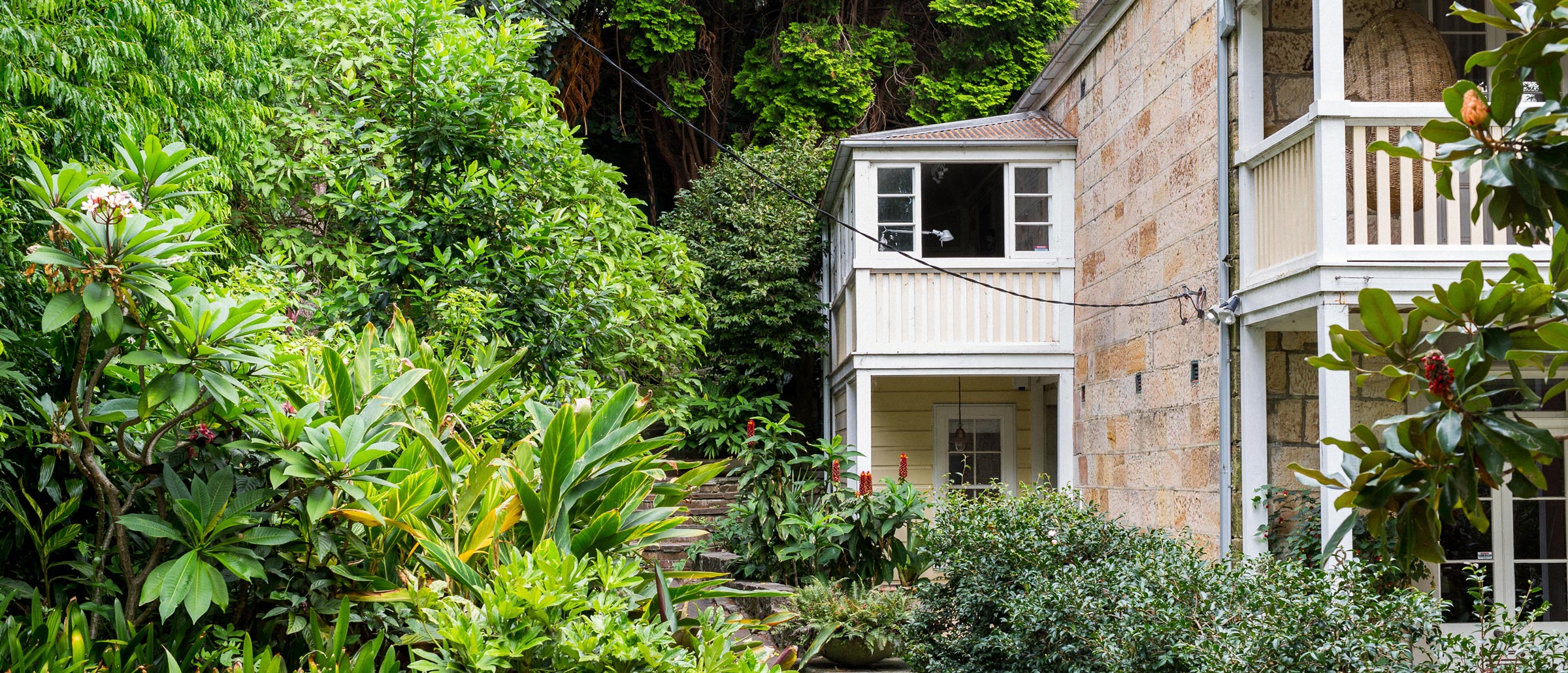Petrol Station Plants: The Bold and Un-Beautiful

- Words by
- Kate Herd
- Images by
- Daniel Shipp
With barely enough biomass to offset a gram of Carbon dioxide, fuel station ‘gardens’ are hardly green oases in the urban streetscape. More bleak than a Bunnings carpark, devoid of genius loci, free of fauna, insects and charm, the plantscaping at your average BP, Caltex or Coles Express is unrelentingly homogenous; Even a Maccas with its strelitzias, yuccas and broms is more horticulturally diverse.
Yet, wherever I go I take note of the plants surviving in these unprepossessing beds – for they sure are hardy! Some are weedy, some not; neglect is their lot, kitsch their idiom. The more incongruous the plant combination the more it fascinates me.
In seas of red scoria, bathed in fumes, never watered, growing in ultra-compacted soil, survive the toughest of the tough: golden diosma; Abelia grandiflora; gaudy gazanias; yellow-flowered Euryops pectinatus; and the ever-blooming Dietes grandiflora. Here, too, is dwarf Thuja occidentalis and Nandina domestica ‘Nana’ – its red, green and gold foliage clashing exquisitely with those pink flower carpet roses so popular in municipal plantings. I particularly love a jade plant (Crassula ovata) and white-painted rock combo – it reminds me of my grandmother’s garden in Ascot Vale.
Ground covers might include the cottagey-but-tenacious Convolvulus mauritanicus and tough-as-boots juniper – a plant I’ve always thought daggy but is in fact really quite elegant. Both the green Juniperus sabinus and the silver-foliaged J. conferta rate high on the list of evergreen and non-weedy toughies. Species like ivy, lantana, agapanthus and Polygala myrtifolia are regular contributors, terrific examples of the unkillable exotic = great weedy colonizer.
Seemingly indestructible, not only do these plants adapt to stress and adversity, they also withstand the ‘mow, blow and go’ maintenance dudes and their so-called pruning.
Wonky rectangles of clipped diosma are interspersed with spheres of westringia, photinia or grevillea; whereas ligustrum and hebe are not-so-much topiarised as atomic-cloud-pruned in these zero-Zen blandscapes.
Trees are not a feature of the petrol station garden (can’t impede those big trucks) so perhaps a lopsided callistemon or pittosporum or a mop-top robinia with suckers going feral. Maybe a Eucalptyus platypus from the sixties, a palm in a bed mulched with cement. In well-heeled suburbs Ficus hillii lollipops in their metal cages might be considered borrowed plantscape but technically they’re street planting.

A Caltex in my area however, boasts an arboreal treasure – a river red gum that would have to be more than 300 years old. Scarred and gnarly, this old man gum once stood on a slope in the Yarra River floodplain looking down upon the Bolin Bolin billabong. Now encircled by concrete, wrapped in its steel possum-collar, I worry every time I go (yes –drive) past; How much longer can he keep going?
My old service station is now an apartment building, and I miss it not just because Eva or Archie used to actually fill your car up for you, but for the cymbidiums Eva sold by the pot-load and our (slightly-competitive) chats about our vegie gardens. Driving interstate, I get a bit excited about the expanded palette of species – grass trees in Western Australia for instance, a golden penda (Xanthostemon chrysanthus) in Cairns with puffs of beautiful yellow stamens, a tree fern or two in Tassie.
Going rural, I note how highway road-houses are another class of landscape – a few more trees and perhaps a succulent or hanging basket collection attest to a keen franchisee.
In comparison, recent Ampol plantings look positively new-fangled and suspiciously landscape architect-ed with drifts of Lomandra ‘Tanika’ beneath the black trunks of Eucalyptus tricarpa.
Trying to greenify the temples of our fossil fuel-addiction might be deluded but it is also a poignant example of our unquashable need to garden. So, next time you stand at the bowser, contemplating anthropogenic climate change, cast your eye over the desolate fragments of vegetation beside you. These plants perform no real ecosystem services, cast no shade, filter no wind, sequester little C02, yet you gotta admire their sheer resilience.
—




